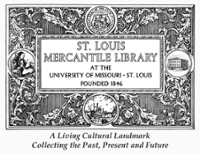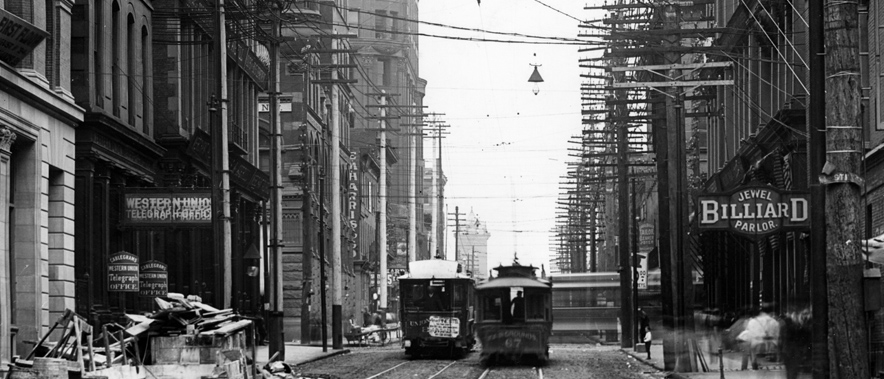ABSTRACT: A collection of photographs of locomotive engines from Baldwin Locomotive Works.
SCOPE: Photographs include locomotive engines built by Lima Locomotive Works as well as Baldwin Locomotive Works. The engines were built for various companies.
EXTENT: Approximately 360 photographs.
HISTORY: FBaldwin Locomotive Works was a railroad locomotive manufacturer from 1825 to 1951, founded by Matthias W Baldwin. The company held the title of world's largest producer of steam locomotives. Baldwin manufactured 5,551 locomotives during World War I for the Allies, creating different models for Russian, French, British and United States trench railways. However, as a result of the rising demand of diesel engines combined with the Great Depression, the company began to struggle to remain a competitor. Throughout World War II, Baldwin made countless steam engines for US railroads, the US Army, British Railways, and E and Ye type engines for the Soviet Union. In the company’s lifetime, more than 70,000 locomotives were made until 1951, when Baldwin merged with the Lima-Hamilton Corporation on September 11, 1951. The new company became the Baldwin-Lima-Hamilton Corporation. Lima was once a proud builder of Shay locomotives, which was an improved model of Ephraim Shay’s original design. The locomotives were slow moving and provided a more efficient pulling ability, which proved useful in the lumber industry. Lima’s next breakthrough was with what they called “Super Power”, engineered by William E. Woodward. It improved the steam locomotive’s ability to generate and utilize steam, increasing their speed and power. Lima’s decline came after a miscalculation in locomotive weight led to train crews not being paid fully, which they sued Lima for. After the Baldwin-Lima merger which was intended to expand Baldwin’s company into the construction equipment market, Lima-Hamilton's locomotive technology became an afterthought. In 1956, Baldwin stopped producing locomotives altogether Because of the company’s association with General Electric in building diesel locomotives, GE could be viewed as the successor to the firm.
ACCESS: This collection can be viewed on-site in the Rare Book and Manuscripts Reading Room. Some of the material may be photocopied, digitally scanned or photographed, subject to condition and other access restrictions. Information on conducting research with the archival collections of the Library, including current building hours and reading room policies, can be found on our Research page. The St. Louis Mercantile Library is located on levels one and two of the Thomas Jefferson Library building on the University of Missouri-St. Louis’ north campus.
Preferred Citation note: The preferred citation for this collection is “From the collections of the John W. Barriger III National Railroad Library at the University of Missouri – St. Louis."





